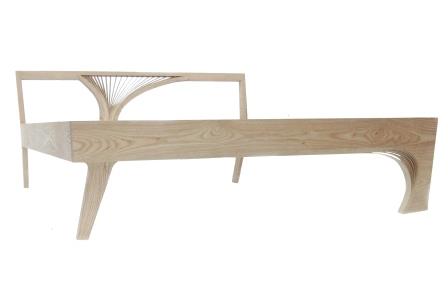Work by Tim van Caubergh

Just imagine
We often expect to step into another person’s imagination when we open a book or listen to a story.
Partly because that is the accepted convention. If you’re in the mood for a story, you can read a book, listen to a narrator or watch a movie. When you’re in the mood for facts, of course you reach for a newspaper or switch on the news. But perhaps there is more truth in a story that tells us something about being human than an account of an event coloured by a political opinion.
Step in
You can step into another person’s imagination, and you generally do when you admire a work of art. Great works of art always have something to say but they tend to make use of visual language rather than just plain old words. Sometimes they tell a story, sometimes they just have one thing to say. But they always provide a glimpse into the mind of the maker if you know where to look. If you are looking for the truth.
Setting the stage
The applied arts flow from the dreams and creativity of another human being. Just like fine artists, they’re able to express a thought and share an idea. But generally we take their work for granted. Only seeing the function. We don’t look for the why. Perhaps it is the unclear area between utensil or tool and functional design that fogs this for us. We seem to have to work harder to perceive what the maker was thinking. If we realise this at all. Have the makers forgotten to set the stage?
Life is what you make it
A maker who has sincerely and honestly invested in the piece, in the way that an artist paints a picture to express his vision of the world, cannot lie. The truth is waiting to be discovered in the applied arts. A chair designed and made with care transcends its functionality and becomes an art object too. An object first imagined in someone’s mind. Just imagine a world without beautiful interiors. A world without truthful objects. When we fail to stop and really look, this is our world.
Just unimaginable.



